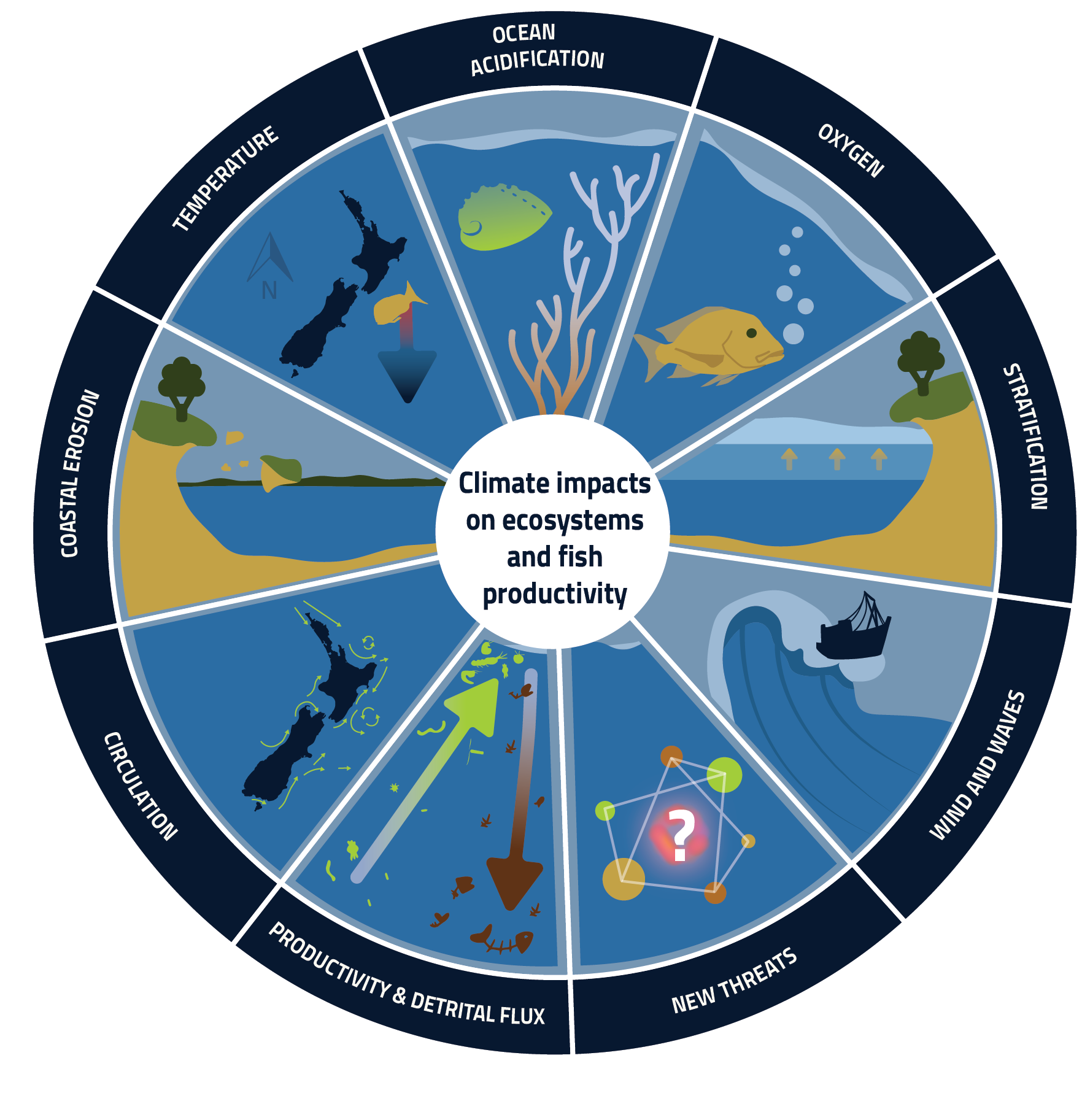A Fungi That Could Eat You From The Inside Out: The Threat Of Climate Change

Table of Contents
Rising Temperatures and Fungal Growth
Warmer temperatures are a primary catalyst for the expansion of fungal populations and their pathogenic potential. Fungi thrive in warm, humid environments, and the rising global temperatures fueled by climate change are creating ideal conditions for their proliferation. The increased frequency and intensity of heat waves further exacerbate this problem.
Specific examples highlight this growing danger. Candida auris, a particularly drug-resistant fungus, is spreading rapidly globally, largely due to warmer temperatures extending its habitable range. Similarly, Aspergillus fumigatus, a common cause of opportunistic infections, exhibits increased virulence under warmer conditions.
- Increased humidity levels in warmer climates: Higher humidity provides the perfect moisture content for fungal growth and spore dispersal.
- Extended growing seasons: Longer periods of warmth allow for more extensive fungal reproduction and spore production, leading to higher environmental fungal loads.
- Weakened immune systems due to heat stress: Heat stress compromises the human immune system, making individuals more susceptible to fungal infections, even from normally benign species.
Climate Change's Impact on Fungal Pathogenicity
Climate change is not only expanding the geographic range of fungi but also potentially increasing their virulence and resistance to antifungal treatments. The mechanisms behind this are complex, but several factors are at play.
Changes in temperature and humidity can induce genetic mutations in fungi, leading to the development of strains with enhanced resistance to antifungals. Furthermore, environmental stress can trigger the production of new toxins or virulence factors, making fungi more aggressive and deadly.
- Adaptation of fungi to higher temperatures: Fungi are evolving to tolerate and thrive in increasingly warmer conditions, leading to increased resistance.
- Increased mutation rates due to environmental stress: Stressful environmental conditions can accelerate mutation rates in fungi, potentially leading to the emergence of more virulent or drug-resistant strains.
- Development of new virulence factors: In response to changing environmental conditions, fungi might evolve new mechanisms to overcome host defenses and cause more severe infections.
The Spread of Fungal Diseases Through Altered Ecosystems
Climate change alters weather patterns and ecosystems in profound ways, influencing the spread and transmission of fungal diseases. Changes like increased flooding and prolonged droughts create conditions that facilitate fungal growth and dispersal.
- Increased flooding: Flooding creates ideal breeding grounds for waterborne fungi, increasing the risk of exposure and infection through contaminated water sources.
- Droughts: Droughts can lead to increased dust containing fungal spores, which can be easily inhaled, leading to respiratory infections.
- Loss of biodiversity: The disruption of ecosystems and the loss of biodiversity can lead to the dominance of certain fungal species, potentially increasing the prevalence of pathogenic fungi. The removal of natural fungal competitors can give pathogenic species an advantage.
Vulnerable Populations and Public Health Concerns
Certain populations are at significantly higher risk of developing severe climate change-related fungal infections. Immunocompromised individuals, such as those with HIV/AIDS, cancer patients undergoing chemotherapy, and organ transplant recipients, are particularly vulnerable. The elderly also exhibit increased susceptibility due to age-related declines in immune function.
The implications for public health are substantial. The increasing prevalence of these infections will strain healthcare resources, leading to:
- Increased hospitalizations and healthcare costs: Treating serious fungal infections is often expensive and requires prolonged hospital stays.
- Strain on healthcare resources: A surge in fungal disease cases will put a significant strain on healthcare systems, potentially overwhelming their capacity.
- Need for improved surveillance and early detection systems: Effective surveillance and early detection systems are crucial for managing and mitigating the spread of climate change-fueled fungal infections.
Conclusion: Addressing the Threat of Climate Change-Driven Fungal Infections
The evidence overwhelmingly demonstrates that climate change significantly exacerbates the threat of dangerous fungal infections. The link between rising temperatures, altered ecosystems, and the increased virulence and spread of fungi is undeniable. This poses a considerable challenge to global public health, requiring immediate and concerted action.
We must prioritize research into new antifungal drugs, improve surveillance systems to detect outbreaks early, and implement public health measures to protect vulnerable populations. Beyond this, addressing the root cause—climate change—is paramount. Learn more about climate change and its impact on fungal diseases and take action to reduce your carbon footprint. Protecting our planet is crucial in protecting ourselves from the threat of climate change-fueled fungal infections.

Featured Posts
-
 How Canada And Mexico Can Boost Trade Despite Us Tariffs
May 26, 2025
How Canada And Mexico Can Boost Trade Despite Us Tariffs
May 26, 2025 -
 Photo Of Kidnapped Idf Soldier Matan Angrest Shows Visible Wounds
May 26, 2025
Photo Of Kidnapped Idf Soldier Matan Angrest Shows Visible Wounds
May 26, 2025 -
 Secret Service Investigation Into White House Cocaine Incident Concludes
May 26, 2025
Secret Service Investigation Into White House Cocaine Incident Concludes
May 26, 2025 -
 Agam Berger And Daniel Weiss From Hostage Crisis To March Of The Living
May 26, 2025
Agam Berger And Daniel Weiss From Hostage Crisis To March Of The Living
May 26, 2025 -
 Rtbf Et Rtl Contre Le Piratage Iptv Une Guerre Pour La Protection Des Droits D Auteur
May 26, 2025
Rtbf Et Rtl Contre Le Piratage Iptv Une Guerre Pour La Protection Des Droits D Auteur
May 26, 2025
